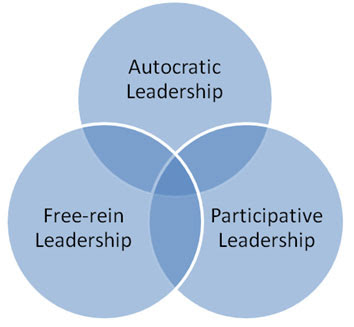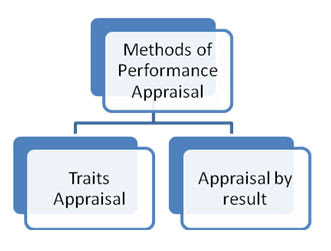 Leadership is very important for all the organisations and there has been lot of research on this topic. This tutorial would be a useful assignment help for you to work on your assignments and homework related to leadership.
Leadership is very important for all the organisations and there has been lot of research on this topic. This tutorial would be a useful assignment help for you to work on your assignments and homework related to leadership.
A simple definition of leadership is that leadership is the art of motivating a group of people to act towards achieving a common goal. Leadership is a process by which a person influences others to accomplish an objective and directs the organization in a way that makes it more cohesive and connected.
Features of leadership
- Leadership is continuous process of behavior.
- Leadership is a relationship between leaders and his followers.
- Leader influence the behavior of individuals.
- It helps the followers to attain the goals.
There are some points that create the difference between leadership and management. Some of these are:
- Leadership deals with vision, keeping the mission in sight and with effectiveness and results whereas management deals with establishing structure and system to get those results.
- Leadership is worked based on their personal abilities whereas management is based on delegation of authority.
- Leadership inspires his followers to do the tasks and motivates them whereas management controls their subordinates from deviation.
- Leadership emphasizes on transformational aspect that means it recognize the need for change, to execute the effectively. Whereas management emphasizes on transactional approach that means it focuses on routine activities, evaluating performance, making decisions.
- Leadership can formal and informal both whereas management is formal only.
Formal leader is a member of organization who has given on the basis of his position to influence other members of organization to achieve organizational goals. Managers, directors are formal leaders in a typical organization.
An informal leader has no formal organizational authority to influence others but possesses special kills and talent to influence and lead other members of organization. Informal leaders are best candidates for future formal leaders.
Leadership Styles
Leadership styles are the patterns of behavior which a leader adopts in influencing the behavior of his followers. It is the manner and approach of providing direction, implementing plans, and motivating people.
Based on the degree on use of power, there are three leadership
 Styles:
Styles:
1. Autocratic Leadership: In autocratic style of leadership, a manager centralizes decision making power in him. He takes all the decisions by himself for their followers and passes orders to them. It is useful when organization needs quick decision making.
2. Democratic Leadership: In democratic style of leadership, a manager allows substantial participation of subordinates in decision making. They take the ideas and suggestions on which decisions are based. This is helpful in motivating the employees as they feel themselves as a part of the organization.
3. Free-rein Leadership: In this type of leadership complete freedom is given to subordinates. Manager depends upon the group to achieve their goals and subordinates are free to take decisions by their own.





















